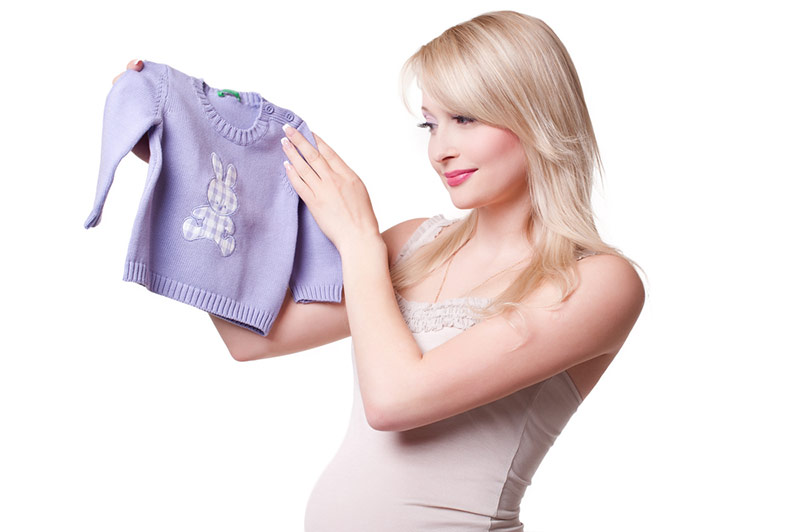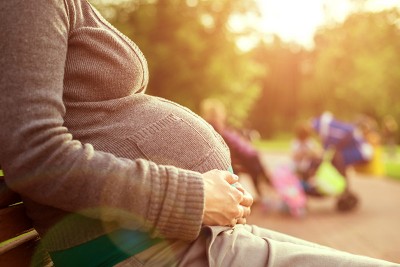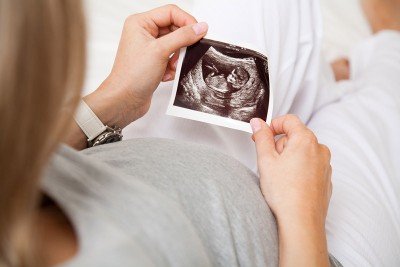





About you;
Everybody shows changes in their emotions based on their constitution. In this/her period the nausea, dizziness and similar complaints of the initial periods start to lessen in severity. If you went through a period of sensitive stomach that prevented your consumption of many nutrients, you might be able to start consuming some of those food items. You will also start feeling less tired. As your womb continues its enlargement into the abdominal cavity, the frequency of urination will also decrease. Acid indigestion could still be a problem. In this/her period, muscle pain is normal due to the enlargement of the uterus. The probability of a miscarriage decreases. The unease of the previous months gradually clears up. The rate of nail and hair growth could peak between 10 to 13 weeks of pregnancy. The increase in the pregnancy hormones could lead to an increase in the pigmentation of the skin, but no need to worry, all your skin related problems will disappear after birth. You might have gained a few kilos in this/her period. The production of breast milk starts and the feelings of fullness and sensitivity in the breasts increase. If your nipples are sensitive and consequently painful, you can start using nipple creams.
Your baby;
Your baby’s genitals develop in these weeks. Although your baby’s sex is determined on the basis of x and y chromosomes when you first become pregnant, up until this/her month your baby will have both the male and female genitals. His/her face is now definitive and his/her eyelids have formed. His/her forehead and nostrils widen. His/her vocal cords will also be developing. The liver is completely formed and the kidneys are in the process of developing. All his/her body, starting from his/her face, is covered with fine hair called lanugo. Your baby is becoming active. He/she turns his/her head sideways, makes his/her hands into fists and can move his/her arms and legs. However, you cannot yet feel his/her movements. He/she also has started experimenting with hiccups and swallowing. The foundation for your baby’s development has been laid down. From this/her stage onwards, it will be all about growth and development.
At the end of the 13th week, the baby is approximately 6 cm long and weighs 14 grams.
Down Syndrome?
Between weeks 11 and 14, a nuchal translucency measurement, a test for determining the risk of Down Syndrome, is conducted. Detailed ultrasound examination results and the blood samples taken from the mother (dual test) are used to identify the risk involved. The rate of accuracy of the test in determining the Down Syndrome is 85%. The rate of false positives is 5%. In other words, it is possible to determine 9 out of 10 babies with Down Syndrome by means of these tests. Only 3 to 5 women out of 100 are subjected to further testing due to a false positive result.
If the result of the test is considered risky, then chorion villus sampling (taking a sample from the placenta under ultrasound) or amniocentesis is recommended. By employing some non-invasive Prenatal Tests based on the analysis of foetal DNA in the mother’s womb, as an alternative to the invasive tests, it is possible to determine the existence of Down Syndrome to a sensitivity of 99.9%.
Etiketler: Weekly Development of Pregnancy



info@molfix.com
00 90 850 200 94 44
en.molfix.com
